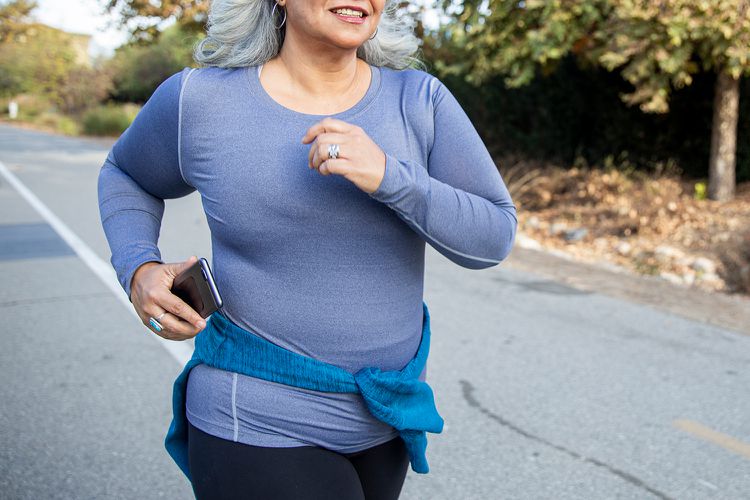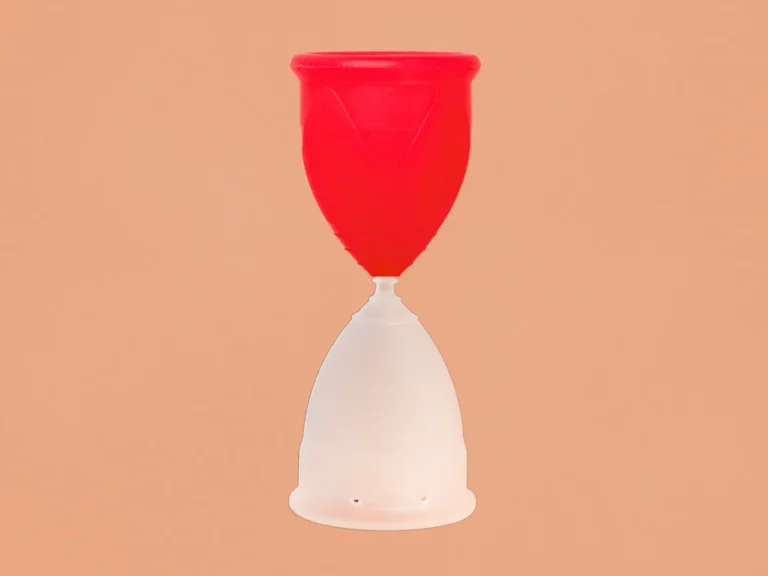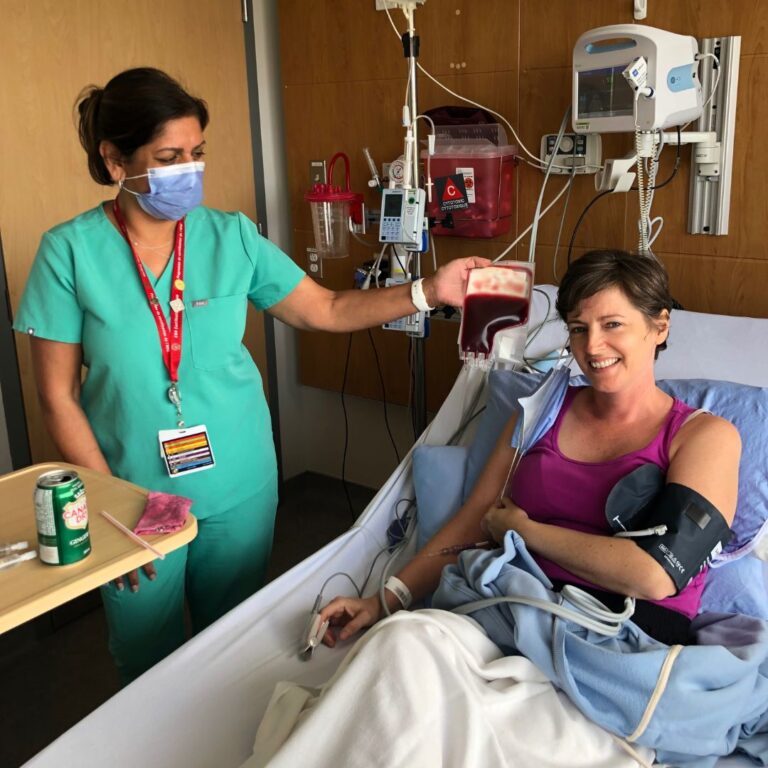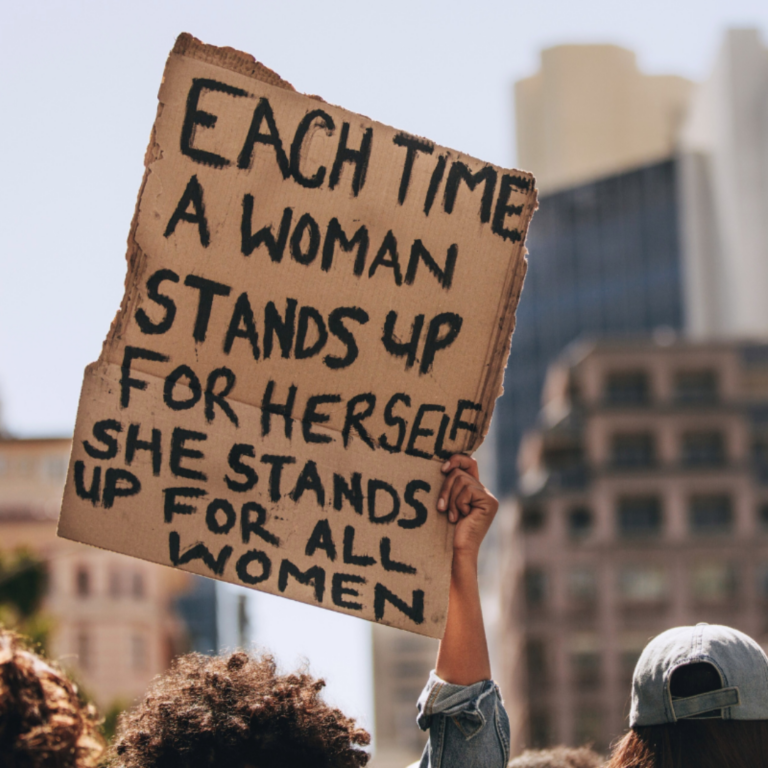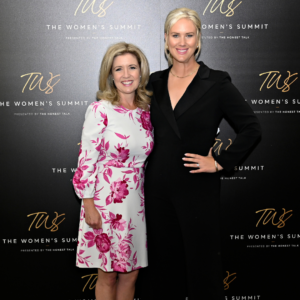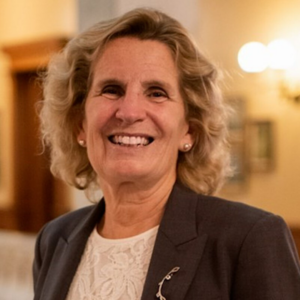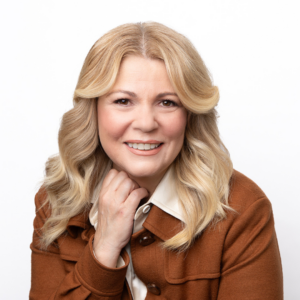This is not your mother’s period: a guide to alternative period products
Health25.10.2023
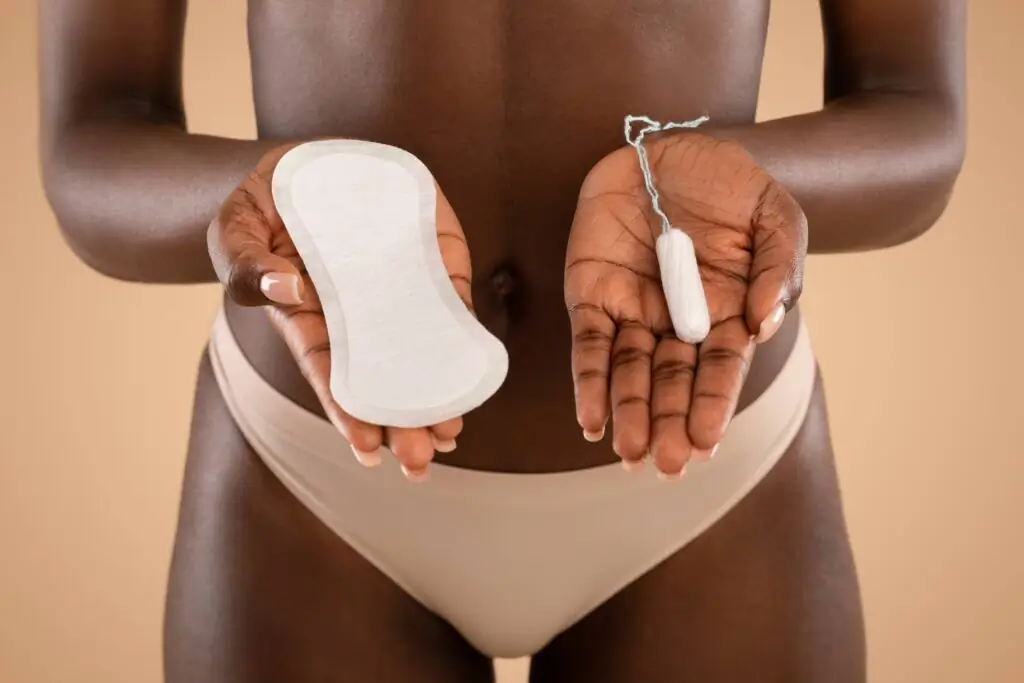
Not to age myself, but when I first got my period in the ‘90s at the age of 12, things were very different than they are for my daughter now.
In the summer, having your period meant skipping swimming (at least until you were comfortable enough with tampons, which took a few years). It meant being cautious about what activities you did in case there was a leak. And you had to hide the fact that you were on your period.
My friends and I developed a code: “Do you have a pen?” is how we asked for a tampon; we called pads “paper.” You would sneak whatever period product you were using up your sleeve or in a pocket on the way to the bathroom so nobody would find out what you needed to do.
Fast forward to today, reading a puberty book with my daughter that suggests bedazzling a small case for her period products and celebrating its arrival with friends.
They don’t shy away from the fact that they have periods, and the options they have for dealing with them are quite remarkable.
Period underwear has been a game-changer in my house.
Crafted with built-in absorbent layers, these undergarments offer leak-proof protection without the need for additional products. Just like traditional underwear, period underwear is washable and reusable. These products come in various styles and absorbency levels, catering to different flow intensities.
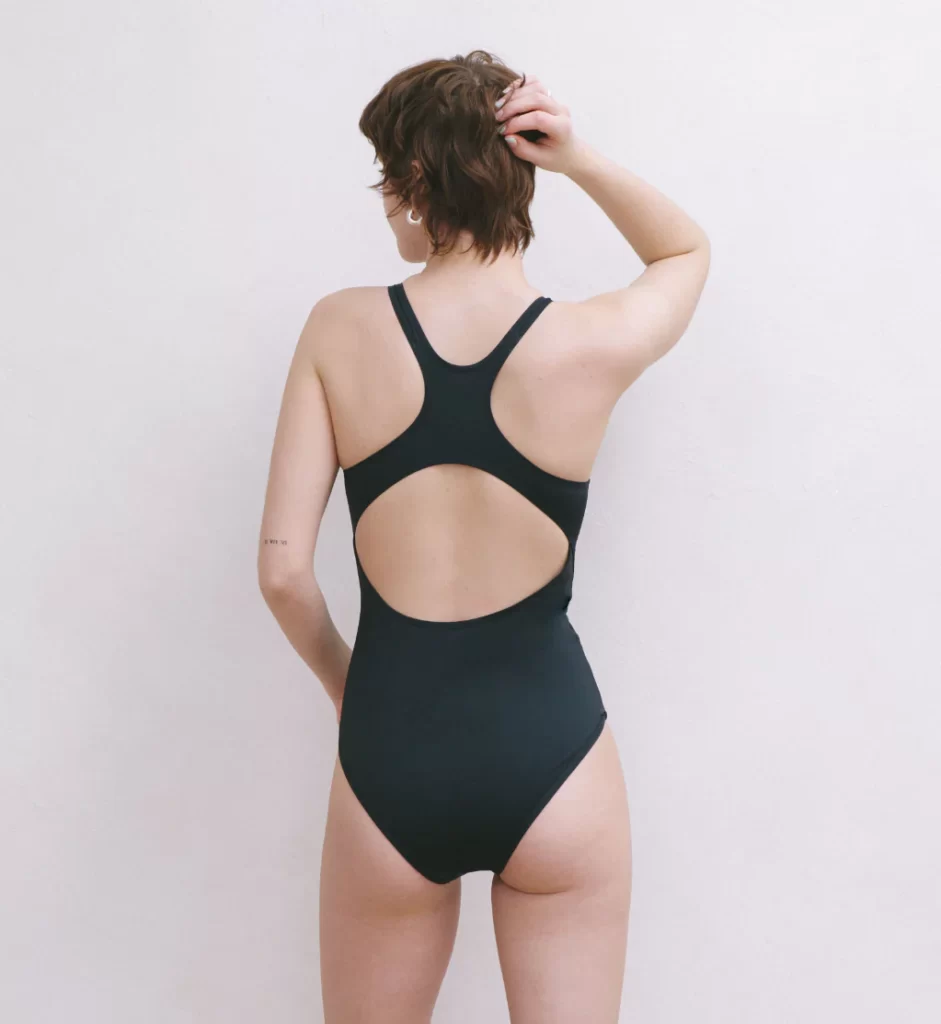
Period bathing suits, tights, and bodysuits are also available, if you can believe it.
I bought my daughter a couple of bathing suits from Canadian brand Knix which allows her to swim carefree any time of the month. I was surprised to see bodysuits and tights available from Kt, Knix’s brand for teens, but as a high school dance student in an art school where seeing underwear under your leotard was a no-no, these would have been helpful.
Reusable pads and tampons are designed to withstand multiple uses and are easily washable.
These products are typically made from eco-friendly materials such as organic cotton or bamboo, ensuring a gentle touch against your skin while helping minimize your carbon footprint.
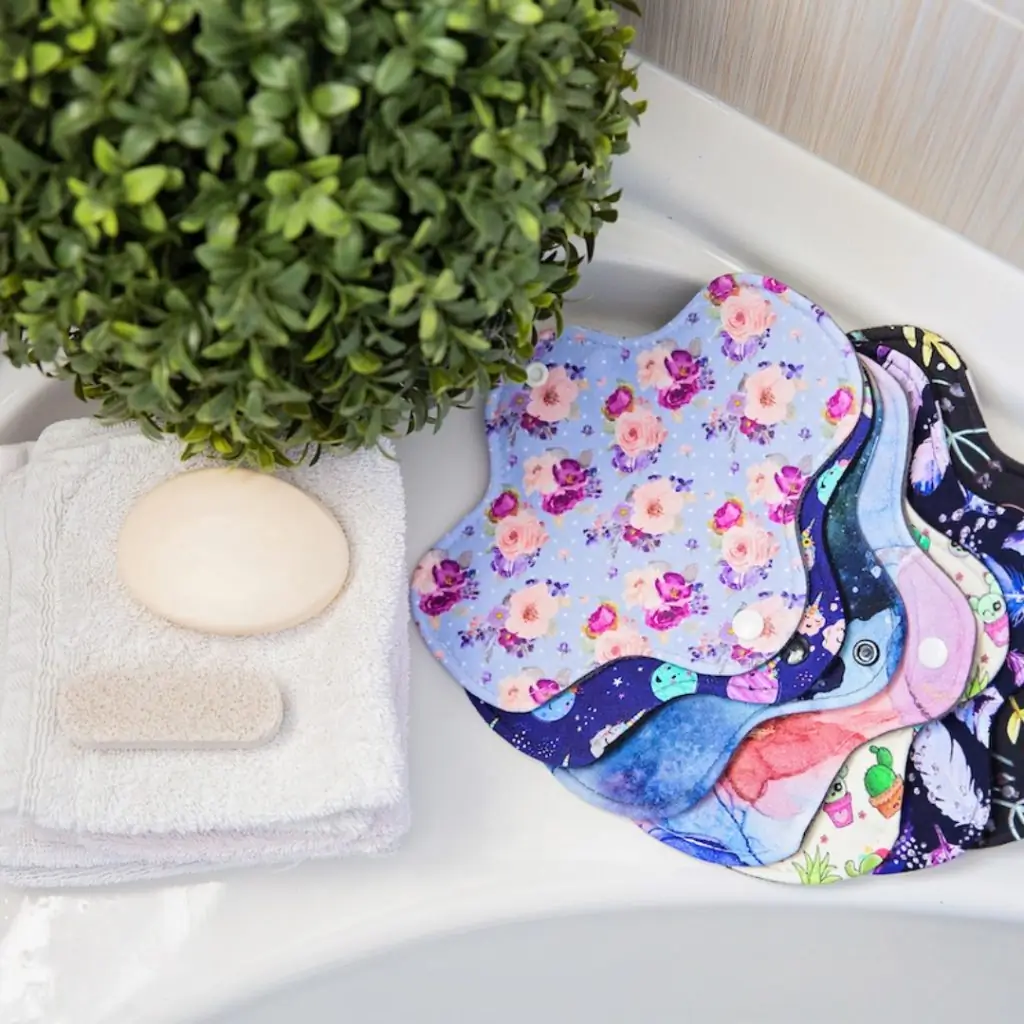
Menstrual cups are a sustainable alternative to traditional tampons. Made from medical-grade silicone, latex, or elastomer, these cups are inserted into the vagina to collect menstrual fluid. They can be worn for up to 12 hours, providing a hassle-free option for those with busy schedules.
Menstrual cups are reusable and can last for several years
Menstrual cups are an economical and eco-friendly choice. While many of my friends are a bit squeamish about this option — never mind my young child — I swear by my menstrual cup. I never found tampons worked well for me, but the cup is comfortable, easy to insert and remove, and generally leak-free (I pair it with period underwear just to be sure).
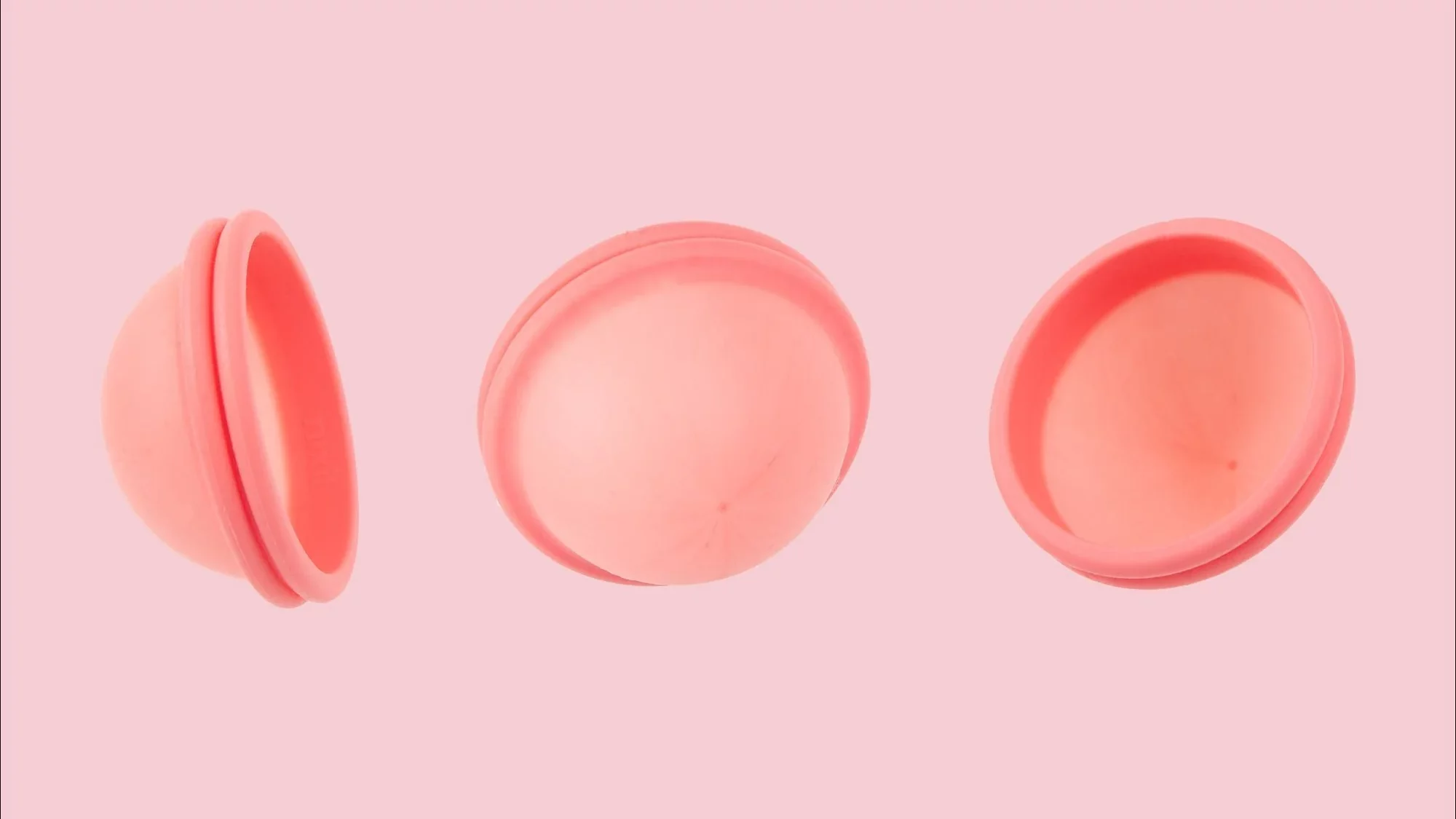
Canadian-made nixit boasts a capacity of twice that of other menstrual cups and has a unique disc shape that is one-size-fits-all.
Oftentimes, people use the period product they are given by their peers without questioning its impact on their body, the planet, or their wallet. We want to empower people with information about all the options out there so they can make an informed decision to meet their needs. We do believe the disc-style menstrual cup is the future of mainstream period care for its many benefits such as being reusable, suction-free, and allowing mess-free period sex.
Rachael Newton, founder at nixit
Traditional pads and tampons are still available, of course.
But the pads are much thinner than when I was young. We still keep these stocked in my house. For young ones in school, putting a pad on top of period underwear and removing it halfway through the day is a great way to avoid having to change your underwear!
Organic tampons and pads
That’s an option for those who prefer to stick with disposable tampons and pads while looking for a more environmentally friendly option. These products are typically made from materials that break down more easily in the environment, reducing the long-lasting impact of conventional disposable products. Look for brands that prioritize using sustainable materials and offer transparent manufacturing processes.
Canadian brand Marlow was created to provide women with comfortable period products that empower them to go out and adventure regardless of the time of the month. They developed a 100 per cent cotton tampon with a plant-based applicator and compostable wrapper. They also created MarLube, a lubricant to ensure a smooth insertion experience every time.
In talking with friends, it’s clear everyone has their own comfort level in terms of testing out some of the newer products available. The great thing is that you have the choice to use a product that works with your lifestyle, your values, and your preferences.
Though, I think we can all agree it’s a good thing we have moved far away from the period belts of my mother’s past.
With puberty starting earlier in girls these days, I’m just happy there are products that allow the youngest girls to continue to be kids, even as their bodies move them forward to womanhood. No more sitting on the sidelines while your friends and family swim in the summer.
Another promising movement is that of the federal government offering free menstrual products in federally regulated workplaces beginning December 15, 2023.
This brings Canada in line with countries like Scotland, New Zealand, Kenya, and many others who also provide free period products, and it builds on the work of many public-focused places like schools, universities, and more which have already been offering menstrual products free of charge.


